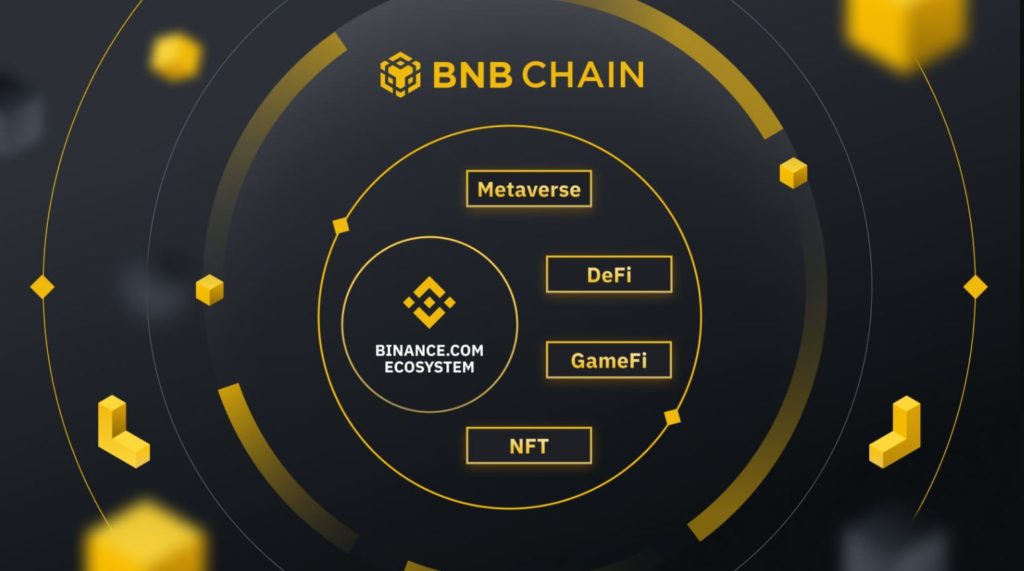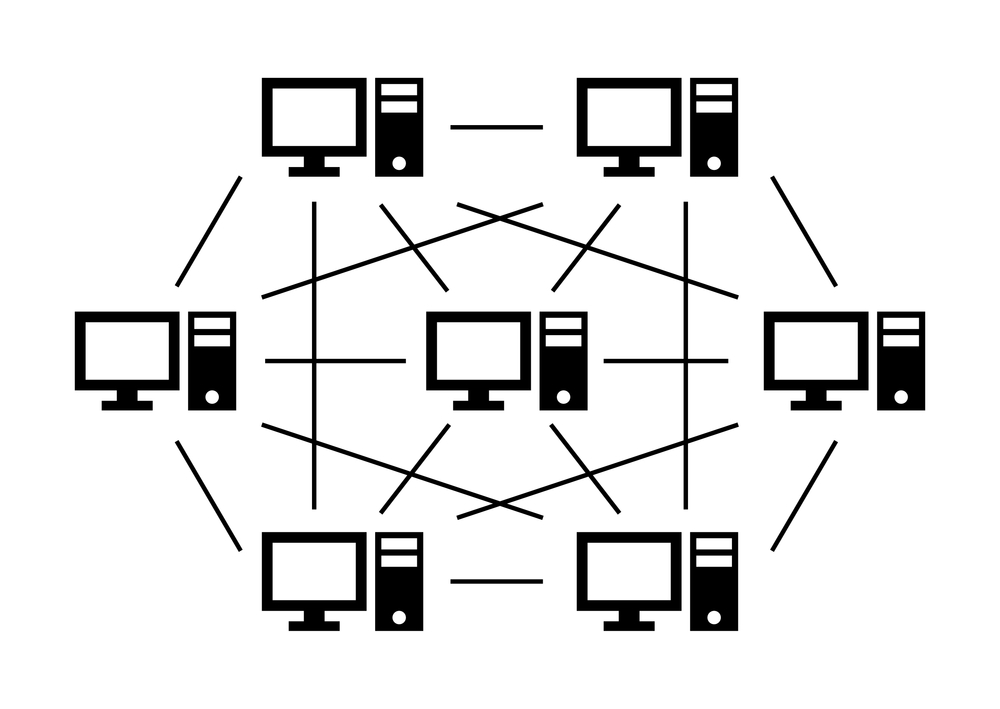In the world of blockchain technology, where innovation happens rapidly, interoperability and efficiency have become vital. The Binance Chain, known for its high-speed transaction processing, introduced the BEP-2 standard to facilitate token creation and transfer on its platform. BEP-2, short for Binance Chain Evolution Proposal 2, has significantly influenced the way digital assets are tokenized on the Binance Chain, driving the growth of decentralized finance (DeFi), cryptocurrencies, and blockchain-based applications.
This article explores the BEP-2 standard, its features, benefits, and impact on the blockchain ecosystem, providing a comprehensive understanding of how it powers tokenization on the Binance Chain.
What is BEP-2?
BEP-2 is a technical standard used for issuing and implementing tokens on the Binance Chain, which is the native blockchain of the Binance cryptocurrency exchange. This standard outlines a specific set of rules and technical guidelines that developers must follow to create tokens on Binance Chain. These guidelines ensure that all tokens created on the Binance Chain share compatibility and operational consistency, enabling smooth transactions and integrations across Binance’s ecosystem.
Developed to facilitate the creation of tokens similar to those on Ethereum (like ERC-20 tokens), BEP-2 is designed for speed and efficiency, aligning with Binance Chain’s aim to process high-speed transactions in a decentralized manner. Each BEP-2 token has specific attributes, such as its own name, symbol, and supply. By adhering to the BEP-2 standard, tokens gain interoperability within the Binance Chain network, allowing them to be easily traded, transferred, and integrated into various DeFi applications.
Key Features of BEP-2
BEP-2 has several distinct features that set it apart from other token standards:
- High-Speed Transactions: Binance Chain was designed with performance in mind, capable of processing transactions quickly and with minimal latency. BEP-2 tokens benefit from this speed, enabling rapid transfers and trading.
- Interoperability: Tokens built using the BEP-2 standard can interact seamlessly within the Binance ecosystem, including decentralized exchanges (DEXs) and wallets that support Binance Chain.
- Basic Attributes: BEP-2 tokens have attributes such as token name, symbol, and the total supply. These attributes define the identity and behavior of the token on the Binance Chain, providing a standardized way to manage different tokens.
- Security: Binance Chain incorporates robust security mechanisms, and BEP-2 tokens are protected by these measures, ensuring that token transactions are safeguarded against malicious attacks.
- Customization and Flexibility: BEP-2 allows for token creators to define specific features for their tokens, such as additional data and asset control, providing the flexibility to create tokens tailored to various use cases.
- Fee Structure: BEP-2 transactions incur minimal fees, which are paid in Binance Coin (BNB), the native currency of Binance Chain. This fee structure incentivizes the use of BEP-2 tokens while supporting Binance’s network sustainability.
How BEP-2 Tokens Work on Binance Chain
BEP-2 tokens operate within the Binance Chain, allowing users to issue, transfer, and trade tokens on the Binance Decentralized Exchange (DEX). To create a BEP-2 token, developers must follow specific technical guidelines and pay a fee in BNB, which supports the Binance Chain’s operations and maintenance.
Each BEP-2 token has a unique address on Binance Chain and can be transferred from one address to another, similar to how ERC-20 tokens function on Ethereum. BEP-2 tokens are compatible with wallets that support Binance Chain, such as Trust Wallet, and they can also be listed and traded on Binance’s DEX. This accessibility and compatibility make BEP-2 tokens highly attractive to projects seeking fast and efficient token solutions.
Popular Use Cases for BEP-2 Tokens
BEP-2 has found a wide range of applications due to its flexibility and ease of integration. Some of the key use cases include:
- Digital Asset Tokenization: BEP-2 allows for the tokenization of digital assets, enabling projects to create tokens that represent various forms of value. For instance, stablecoins, utility tokens, and reward tokens are commonly created as BEP-2 tokens.
- Decentralized Finance (DeFi): DeFi applications leverage BEP-2 tokens to enable decentralized trading, lending, and staking on Binance Chain. By using BEP-2 tokens, DeFi projects benefit from Binance Chain’s speed and low fees.
- Gaming and NFTs: Some gaming and NFT (non-fungible token) projects have adopted BEP-2 to create tokens for in-game assets, rewards, and digital collectibles, enabling quick and low-cost transactions within these ecosystems.
- Cross-Chain Transfers: BEP-2 also facilitates cross-chain functionality, allowing users to transfer assets between Binance Chain and Binance Smart Chain (BSC), which uses the BEP-20 standard. This interoperability supports broader blockchain applications, where users can access different ecosystems while retaining control over their assets.
Advantages of BEP-2 over Other Token Standards
BEP-2 offers several advantages compared to other token standards, such as Ethereum’s ERC-20:
- Transaction Speed: Binance Chain’s consensus mechanism prioritizes high-speed transactions, making BEP-2 tokens faster to transfer and trade compared to ERC-20 tokens on Ethereum, which can experience congestion.
- Cost Efficiency: BEP-2 transactions typically cost less than those on the Ethereum network, where fees can spike due to high demand. The BNB fee model keeps costs manageable for users.
- Integration within the Binance Ecosystem: BEP-2 tokens are directly compatible with Binance Chain’s DEX, Trust Wallet, and various DeFi applications within Binance’s ecosystem, providing immediate utility and accessibility.
- Enhanced Security: The Binance Chain is known for its security, and BEP-2 tokens benefit from the chain’s dedicated security features, reducing the risk of hacks and malicious attacks.
BEP-2 vs. BEP-20: Understanding the Difference
While BEP-2 and BEP-20 tokens both stem from the Binance ecosystem, they operate on different chains and serve different purposes:
- BEP-2: Specifically for the Binance Chain, optimized for speed and DEX trading.
- BEP-20: A standard for Binance Smart Chain, compatible with Ethereum’s ERC-20 standard and more suitable for DeFi applications, smart contracts, and interoperability with Ethereum-based dApps.
BEP-2 is primarily used for high-speed trading and transactions on Binance DEX, whereas BEP-20 caters to projects that require complex functionalities, such as smart contracts and multi-chain compatibility.
Creating a BEP-2 Token
For developers interested in creating a BEP-2 token, the process generally involves the following steps:
- Define Token Specifications: Developers must outline the token’s properties, including name, symbol, and total supply.
- Pay Creation Fee in BNB: A fee is required to initiate the token creation on Binance Chain.
- Deploy on Binance Chain: Once the specifications and fee are approved, the token is deployed and can be used immediately on Binance DEX and other Binance Chain-compatible platforms.
- Promote and List the Token: After creation, projects can list their tokens on Binance DEX, adding liquidity and facilitating trading.
Future of BEP-2 and Its Role in Blockchain
As blockchain technology advances, standards like BEP-2 are expected to evolve, providing even greater utility, speed, and flexibility. Binance Chain continues to grow, and BEP-2’s impact on the token economy remains strong, especially in sectors prioritizing quick and low-cost transactions, such as decentralized finance and digital asset trading.
Furthermore, BEP-2 and its interoperable relationship with BEP-20 on Binance Smart Chain enhance the entire Binance ecosystem, supporting a vast array of blockchain applications. This flexibility and broad application suggest that BEP-2 will continue to be a valuable tool for developers looking to build efficient and interoperable blockchain solutions.
Conclusion
BEP-2 is a powerful tokenization standard that plays a pivotal role in the Binance Chain ecosystem, enabling fast, cost-effective token creation and transfer. With its high-speed transaction capability, low fees, and compatibility with Binance’s decentralized exchange, BEP-2 has become an essential tool for blockchain developers, especially those focused on decentralized finance and digital asset tokenization.
By allowing seamless integration within Binance’s ecosystem, BEP-2 continues to support innovation in blockchain, making it a highly relevant standard as blockchain technology advances.




